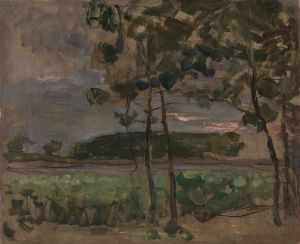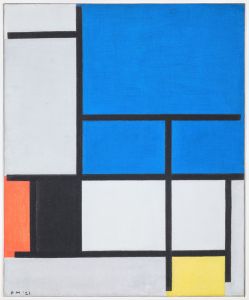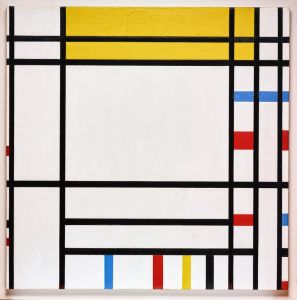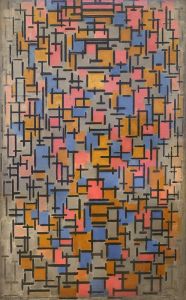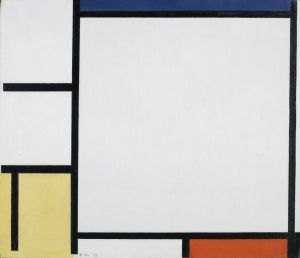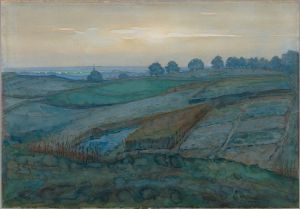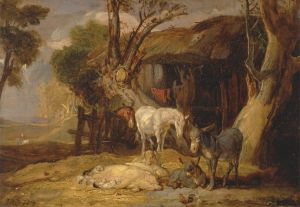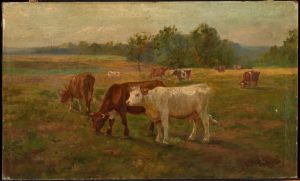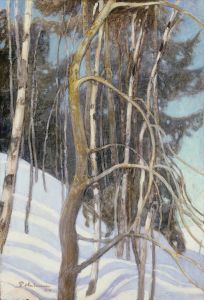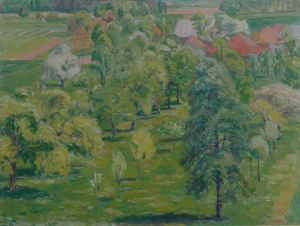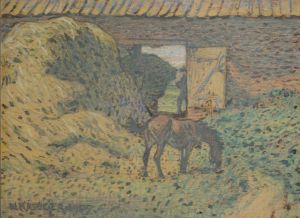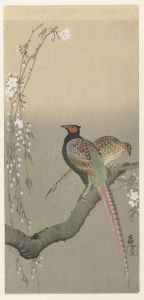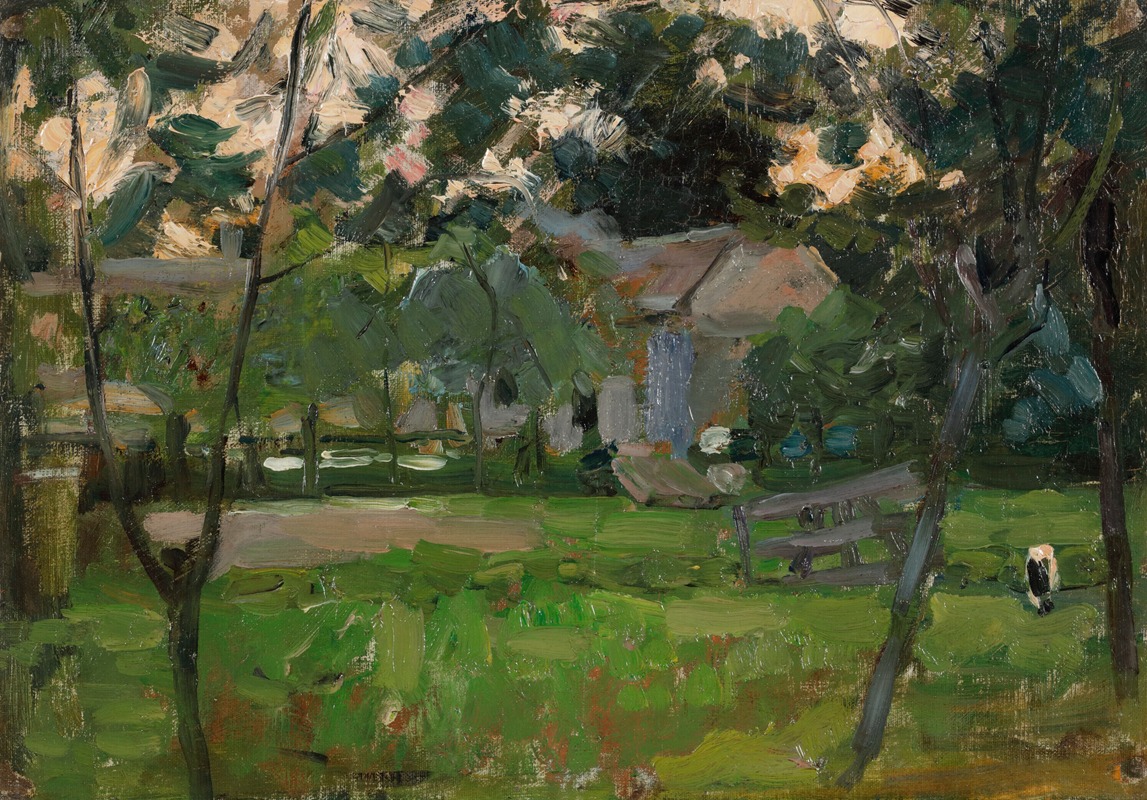
Boerenerf in het Gooi geflankeerd door jonge boompjes
A hand-painted replica of Piet Mondrian’s masterpiece Boerenerf in het Gooi geflankeerd door jonge boompjes, meticulously crafted by professional artists to capture the true essence of the original. Each piece is created with museum-quality canvas and rare mineral pigments, carefully painted by experienced artists with delicate brushstrokes and rich, layered colors to perfectly recreate the texture of the original artwork. Unlike machine-printed reproductions, this hand-painted version brings the painting to life, infused with the artist’s emotions and skill in every stroke. Whether for personal collection or home decoration, it instantly elevates the artistic atmosphere of any space.
Piet Mondrian, a pivotal figure in the development of modern abstract art, is renowned for his contribution to the De Stijl movement and his evolution towards pure abstraction. However, before Mondrian fully embraced abstraction, he produced a number of works that reflected his roots in representational art. One such work is "Boerenerf in het Gooi geflankeerd door jonge boompjes," which translates to "Farmyard in Het Gooi Flanked by Young Trees."
This painting is part of Mondrian's early oeuvre, created during a period when he was exploring various styles and techniques. The work is representative of his time in the Dutch countryside, particularly in the region of Het Gooi, where he often painted landscapes and rural scenes. This area, known for its natural beauty and traditional Dutch farmhouses, provided ample inspiration for Mondrian's early work.
"Boerenerf in het Gooi geflankeerd door jonge boompjes" showcases Mondrian's interest in capturing the essence of the Dutch landscape. The painting likely features a farmyard scene, typical of the rural settings that Mondrian was drawn to during this phase of his career. The inclusion of young trees flanking the scene suggests a focus on nature and the interplay between man-made structures and the natural environment.
During this period, Mondrian's style was heavily influenced by the Dutch landscape tradition, as well as by the works of the Hague School, which emphasized realism and the depiction of everyday life. His use of color, light, and form in these early works demonstrates a keen observational skill and a desire to convey the tranquility and simplicity of rural life.
Mondrian's early works, including "Boerenerf in het Gooi geflankeerd door jonge boompjes," are characterized by a more naturalistic approach compared to his later abstract compositions. These paintings often feature softer, more muted colors and a focus on the harmonious arrangement of natural elements. This period of Mondrian's career is crucial for understanding his artistic development, as it laid the foundation for his later experiments with abstraction and his eventual move towards the geometric style for which he is best known.
As Mondrian's style evolved, he gradually moved away from representational art, influenced by movements such as Cubism and his own philosophical and spiritual beliefs. This evolution eventually led to the creation of his iconic grid-based compositions, characterized by primary colors and straight lines, which became synonymous with the De Stijl movement.
"Boerenerf in het Gooi geflankeerd door jonge boompjes" serves as an important example of Mondrian's early exploration of form and color, reflecting his deep connection to the Dutch landscape and his initial artistic influences. While it may not be as widely recognized as his later abstract works, it provides valuable insight into the artist's journey and the gradual transformation of his artistic vision.





